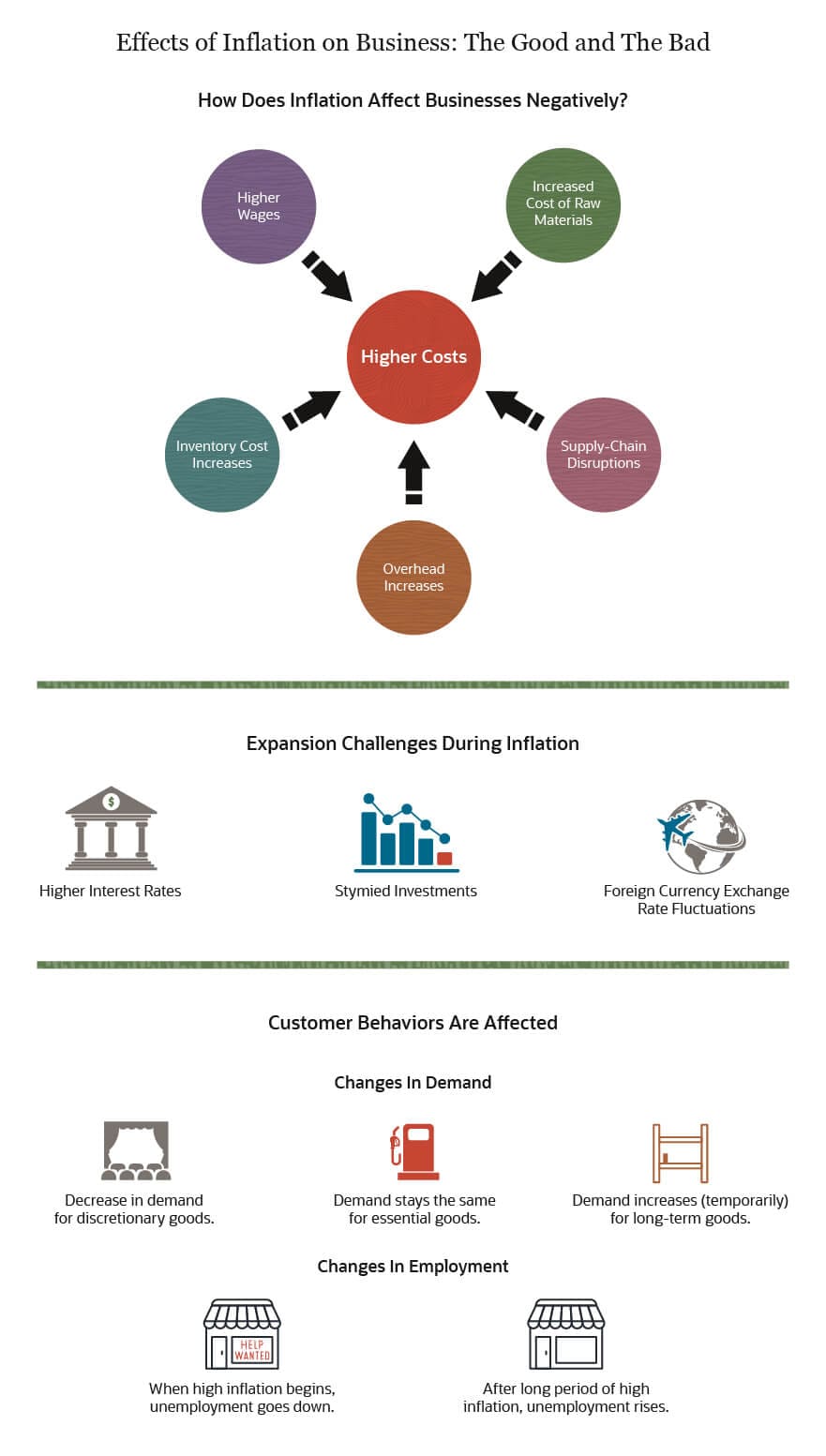
Navigating Inflationary Forces: Impact on Economy & Strategies
Inflationary forces can have profound effects on an economy, influencing everything from consumer purchasing power to investment strategies. This article explores the impact of inflation on various facets of the economy and strategies to navigate these challenges.
Understanding Inflation: A Primer
Inflation is the rate at which the general level of prices for goods and services rises, eroding purchasing power. While moderate inflation is a natural part of a growing economy, excessive inflation can lead to economic instability. Understanding the factors that contribute to inflation is essential for grasping its impact.
Consumer Impact: Purchasing Power Erosion
One of the direct impacts of inflation is the erosion of purchasing power for consumers. As prices rise, the same amount of money buys fewer goods and services. This can lead to a reduction in the standard of living for individuals and families, affecting their ability to afford essential items and services.
Business Operations: Cost Pressures and Adjustments
Inflationary forces also affect businesses, leading to increased costs for raw materials, labor, and other operational expenses. Companies may respond by raising prices, which, in turn, contributes to the overall inflationary cycle. Understanding these cost pressures is crucial for businesses to make informed decisions and maintain profitability.
Investment Challenges: Preserving Wealth in Inflationary Environments
Inflation poses challenges for investors seeking to preserve and grow their wealth. Traditional investment vehicles like cash and fixed-income securities may struggle to outpace inflation, leading to real losses in purchasing power. Investors need to explore strategies that offer protection against the erosive effects of inflation, such as investing in real assets like real estate and commodities.
Interest Rates and Monetary Policy: Tools for Inflation Control
Central banks often use interest rates and monetary policy tools to control inflation. By adjusting interest rates, central banks aim to influence borrowing, spending, and investment. Higher interest rates can help cool inflation by making borrowing more expensive, while lower rates stimulate economic activity. Understanding the dynamics of monetary policy is essential for grasping the broader economic environment.
Real Estate Dynamics: Inflation Hedge and Affordability Concerns
Real estate is often considered a hedge against inflation. As the value of money decreases, tangible assets like property tend to retain or increase in value. However, inflation can also lead to rising home prices, making housing less affordable for prospective buyers. Navigating the complexities of real estate dynamics requires a nuanced understanding of market trends and economic indicators.
Global Perspectives: Inflation’s Impact on Trade and Exchange Rates
Inflationary forces are not confined to individual economies; they have implications for global trade and exchange rates. Countries experiencing high inflation may see their currency depreciate relative to others. This can impact international trade balances, influence export competitiveness, and contribute to broader economic imbalances on the global stage.
Government Responses: Fiscal Policies and Inflation Management
Governments play a crucial role in responding to inflationary pressures. Fiscal policies, including taxation and government spending, can influence the overall demand and supply in the economy. Governments may implement measures to curb inflation, such as reducing budget deficits and implementing structural reforms to enhance economic efficiency.
Consumer Behavior: Adapting to Inflationary Environments
Inflationary environments also influence consumer behavior. Individuals may alter their spending patterns, prioritizing essential goods and services. Businesses, in turn, may need to adapt their marketing and pricing strategies to align with changing consumer preferences in response to inflationary pressures.
Strategies for Navigating Inflation: A Holistic Approach
To navigate the impact of inflation, individuals, businesses, and investors need to adopt a holistic approach. Diversifying investment portfolios, staying informed about economic trends, and making strategic financial decisions are essential components. Additionally, maintaining flexibility and adapting strategies in response to changing economic conditions can enhance resilience in the face of inflationary forces.
Explore More: Inflationary Forces Impact
For a more in-depth exploration of the impact of inflationary forces on the economy and strategies for navigating these challenges, visit Inflationary Forces Impact. This link provides valuable resources and insights, offering a comprehensive understanding of the dynamics at play and practical approaches to mitigate the impact of inflation on various economic stakeholders. As economies evolve, staying informed and proactive is key to navigating the complex terrain of inflationary forces.


